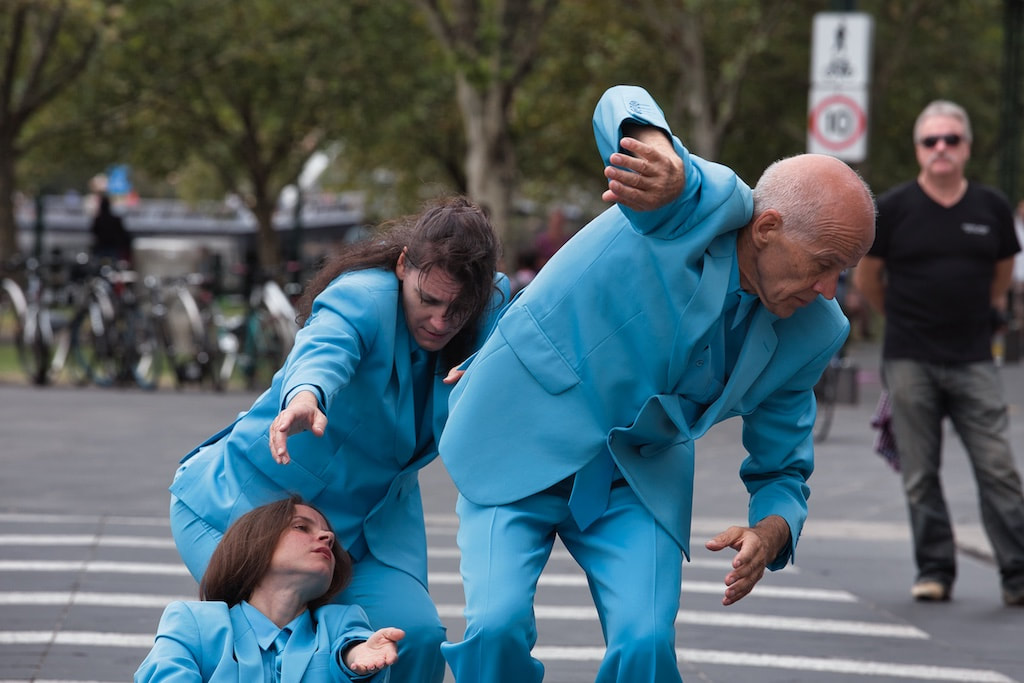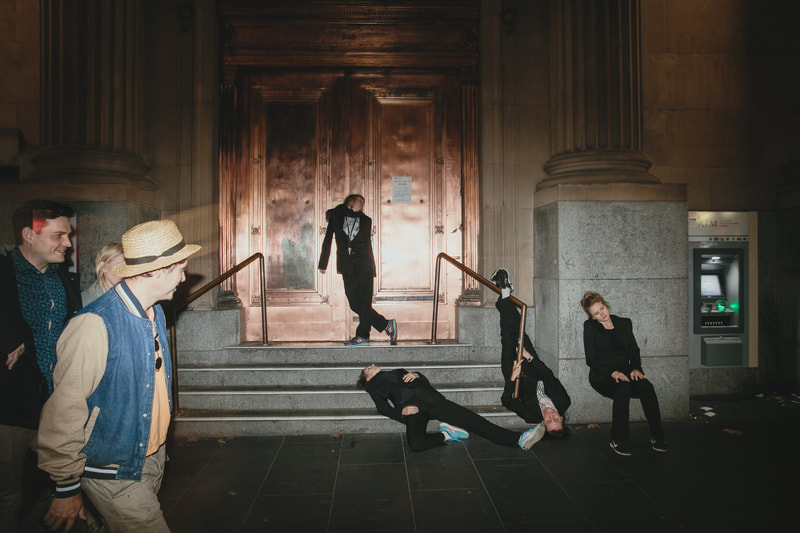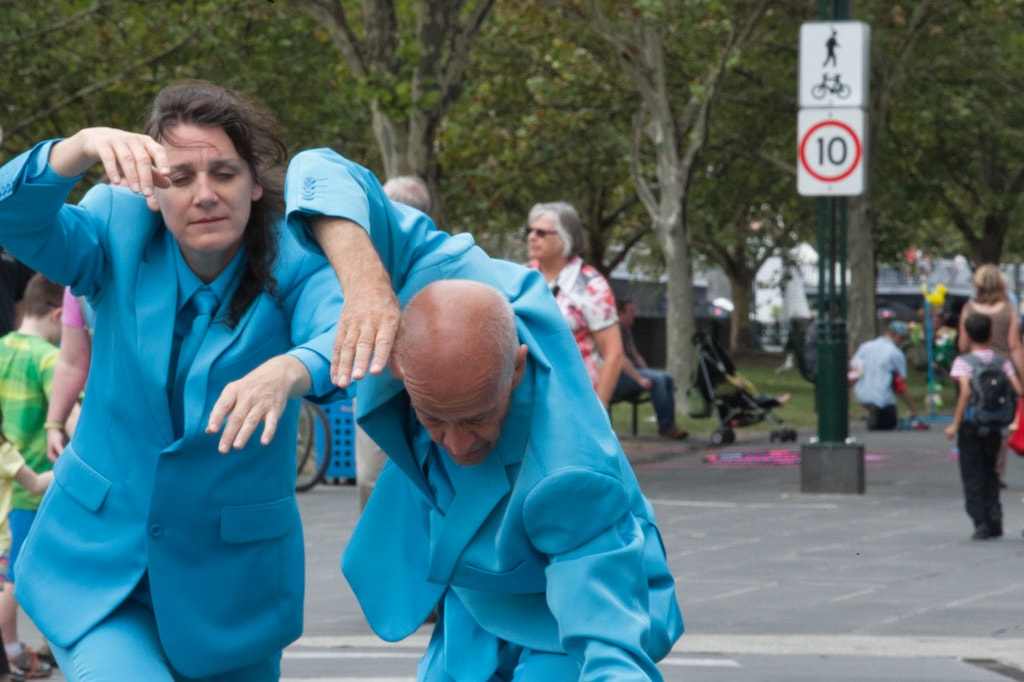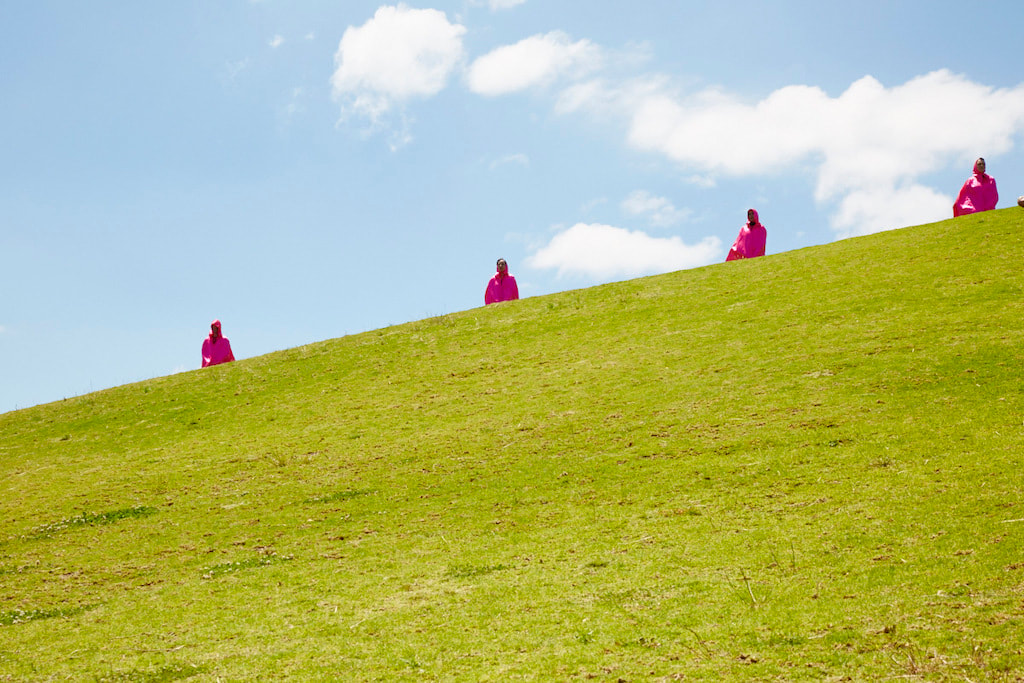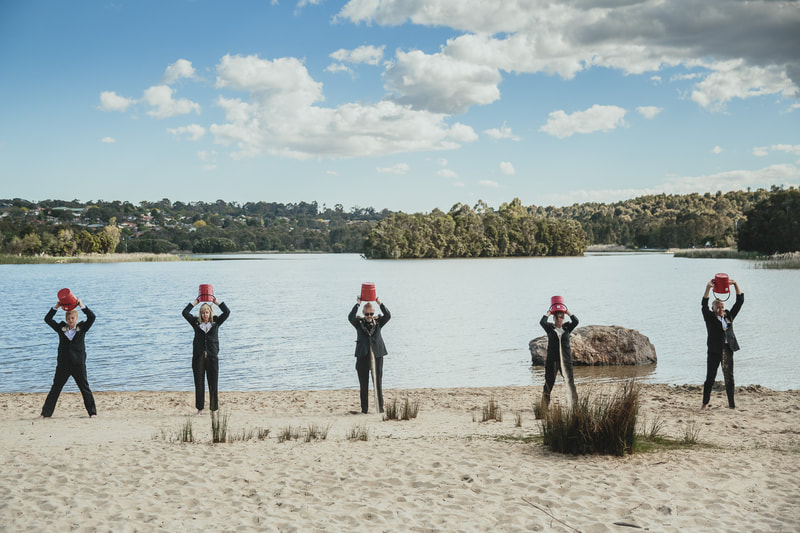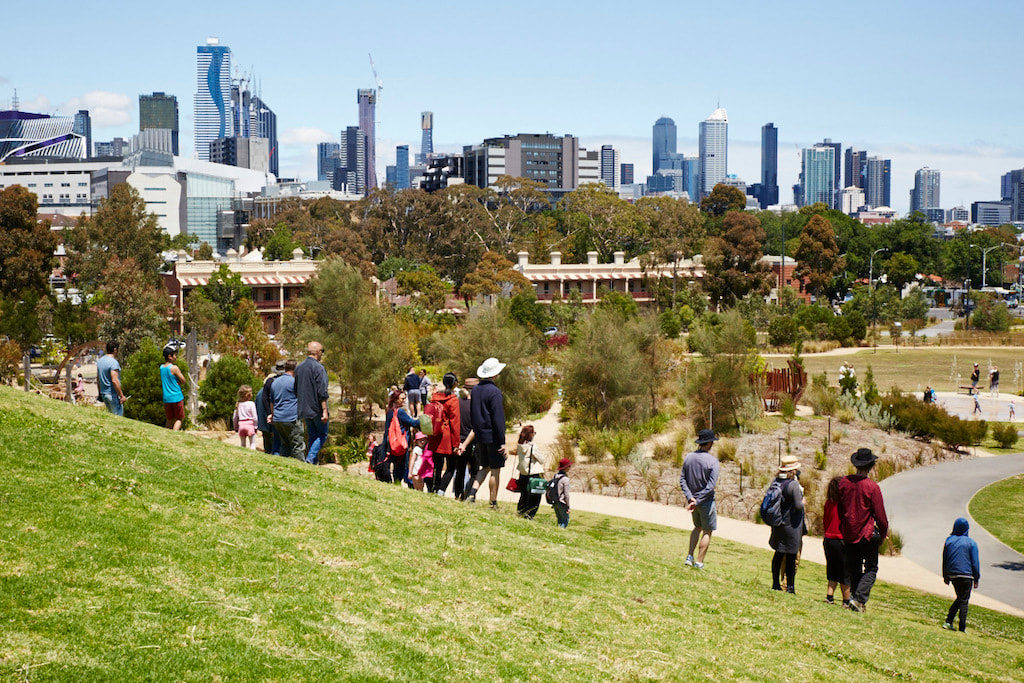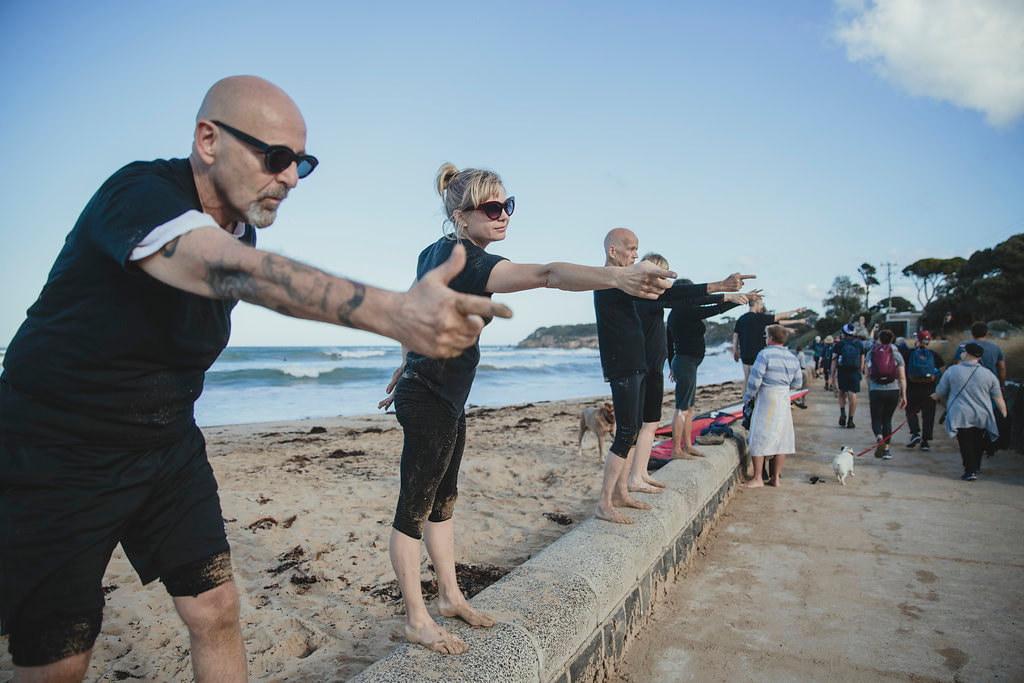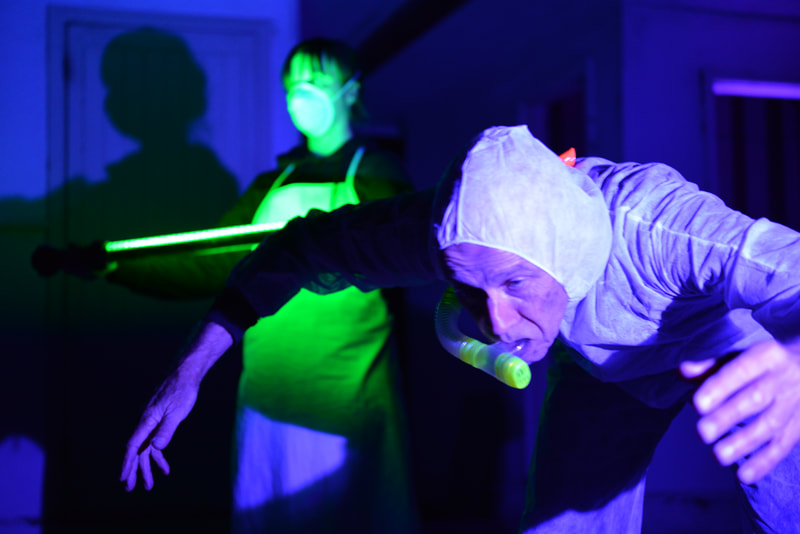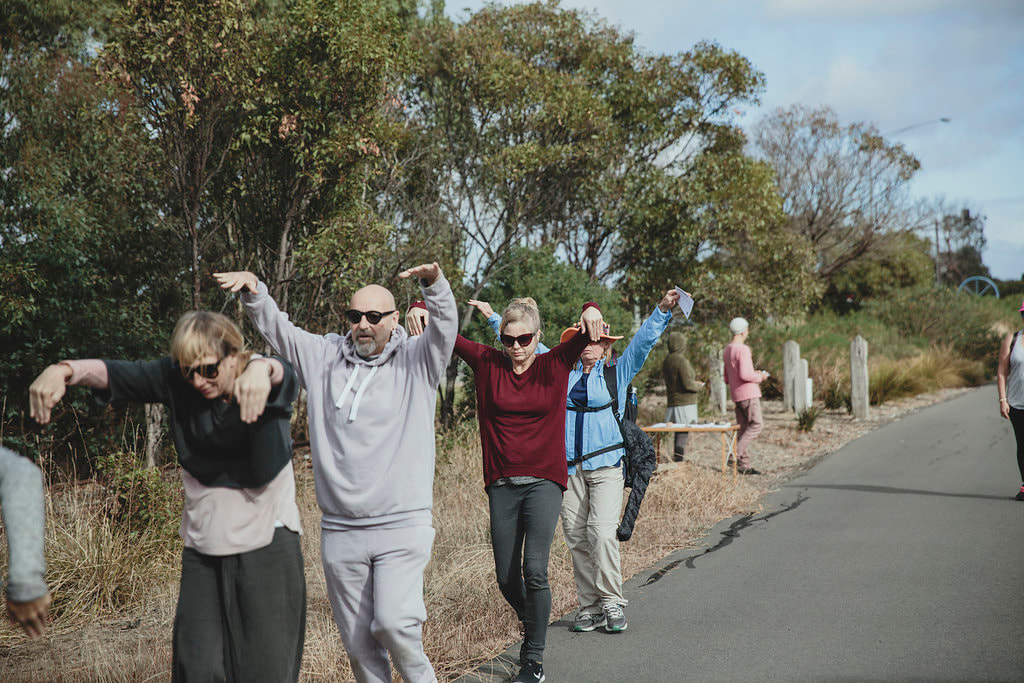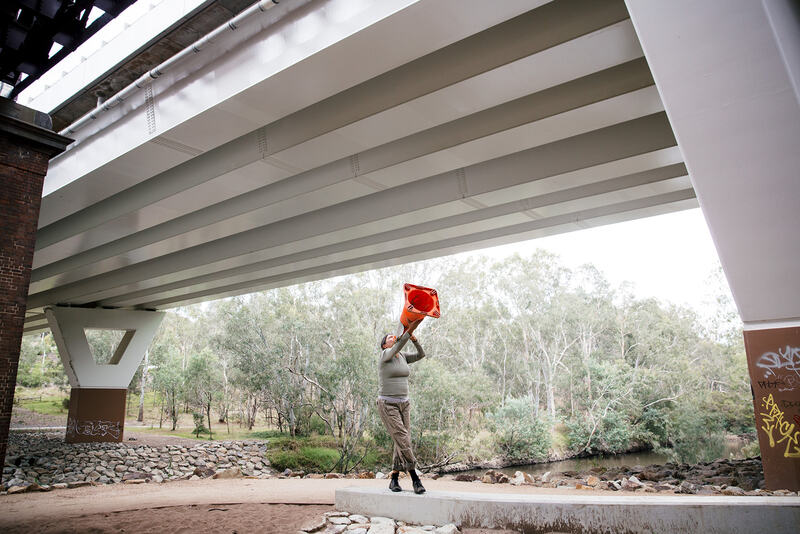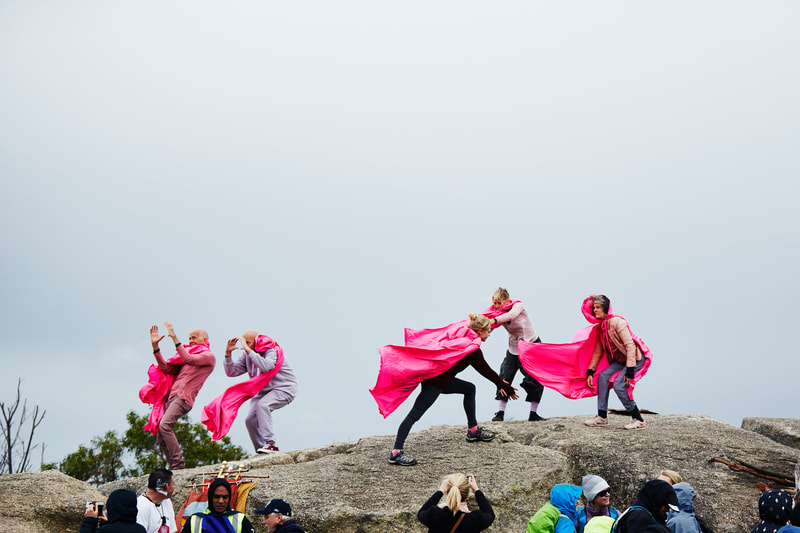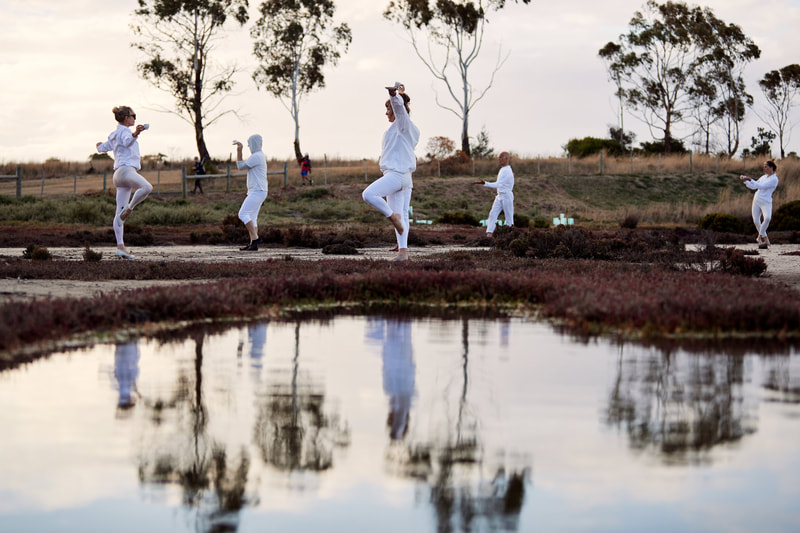Who we are
EPA is an ecological performance group that focuses on how we are interconnected with our environments. We came together in 2013 around a shared interest in place and performance. We are concerned with how place makes us and how we make place. EPA performers include dancers, sound and installation artists, theatre directors and academics. Most of us are trained in techniques of bodyweather, a butoh-derived training pioneered by Min Tanaka, who claimed, "When I dance. I don't dance in the place, but I am the place".
What we do
We make ecological, socially-engaged, performances which come from the relationships between people and the places in which they find themselves. We make immersive and participatory performances which invite audiences and participants to use their senses to experience their surroundings in new ways. We work with government bodies, Indigenous custodians, local residents, enthusiast groups, engineers, designers, planners, and scientists to activate place and provide embodied, cultural, experiential data on what it is like to be there, Our performances often take the shape of guided walks informed by and pointing to ecological, cultural and historical layers of place, and unique local features. We operate as a non-hierarchical, fluid collaborative structure, conscious of the relationships within our group, and how we insert into the ecologies in which we make our performances.
Why we do it
We are brought together by a shared concern for the fate of the planet. Anthropocentric ways of understanding and dwelling are leading to accelerating climate change, destruction of environment and habitat, and catastrophic loss of biodiversity, We believe that contemporary humans need to find new ways, and listen to traditional Indigenous ways to dwell with our environments and everything they consist of. We use performance as an experimental practice to pay intensified attention to the relationships which constitute the environments which sustain us, so that we can learn to dwell differently on earth.
How we do it
Our methods are as varied as our separate skills and experiences, and of those of the people, places, organisations, and things with which we work. We take a three-stranded approach. We use our sensory, embodied, performance practice techniques to conduct close analyses of the materiality of environments: their textures, airs, colours, speeds, contours, weights and densities. We research archival and other materials to find the stories, cultural, personal, and historical, associated with places. We work with inhabitants and visitors to places, listening to their affective and emotional experiences of what it feels like to be in the place. We use these gathered materials as dramaturgical and choreographic resources to make performances which reveal new aspects and possibilities of places.
